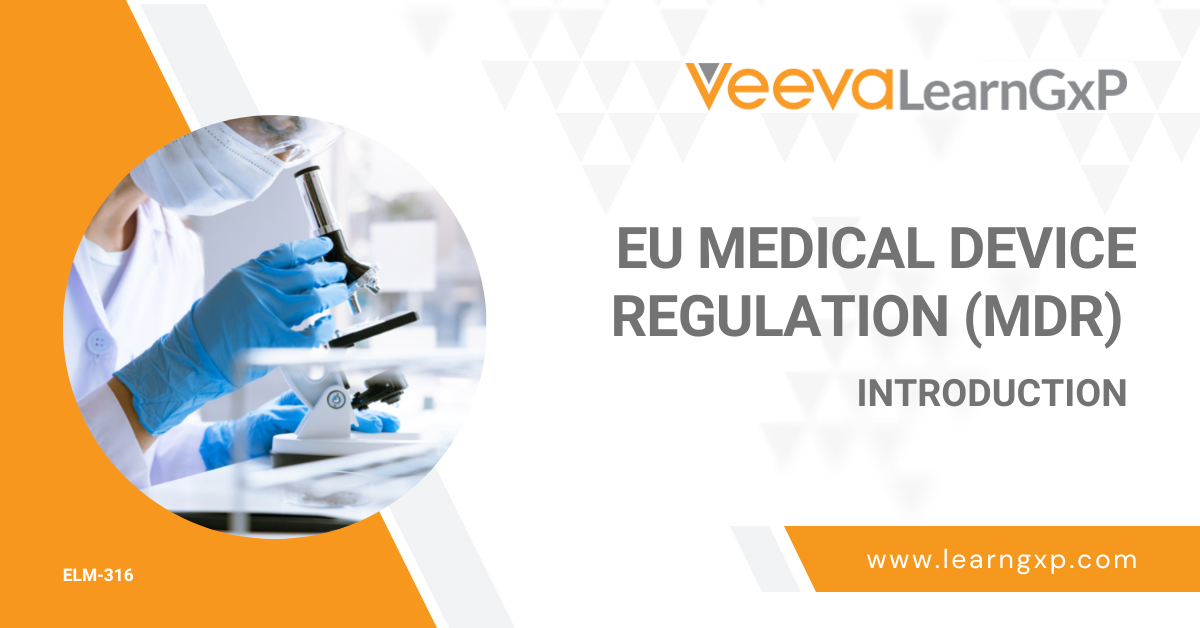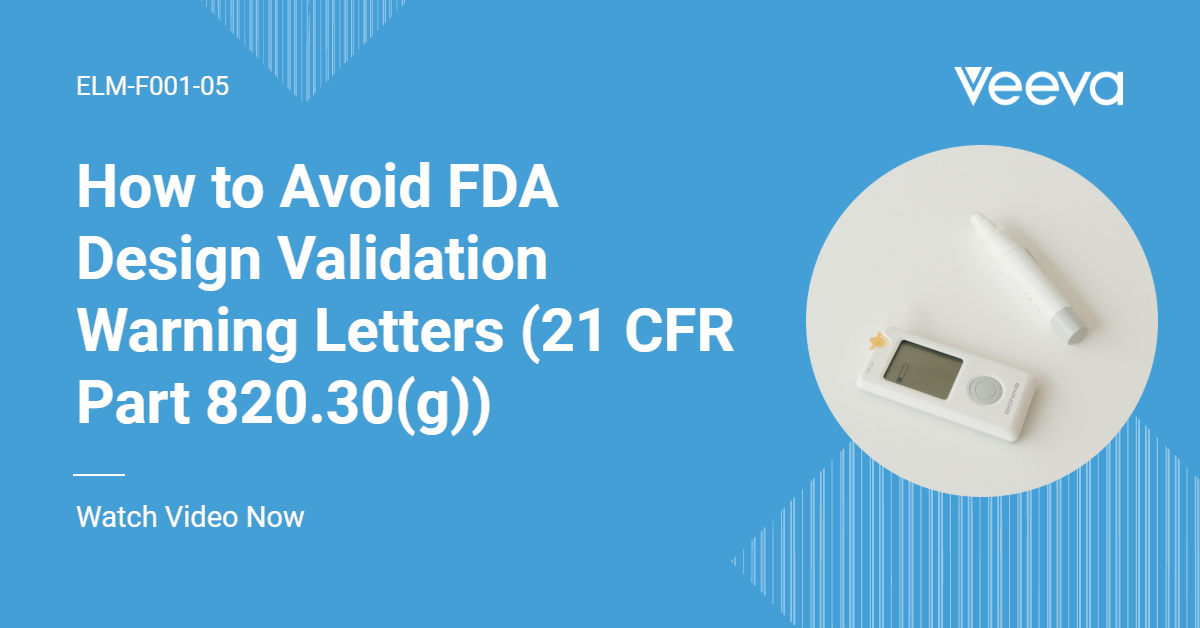So, what is new or different in the EU MDR?
Any manufacturer who has kept up to date with the European standards and MEDDEV guidance updates on vigilance, clinical evaluation, clinical investigations and post market clinical follow-up, together with the current EN standards for quality management and risk management, will find very little in the new EU MDR that they are not already addressing.
The following list of topics summarizes what is new or different in the EU MDR:
- The current four classes of devices I, IIa, IIb and III are retained with three subclasses under class I
- Classification rules are essentially the same but with some new additions, related to substances and software
- Essential Requirements are renamed General Requirements and extended
- Conformity assessment concepts are retained with the manufacturer still being able to choose between different routes (although there is one less option) and levels of assessment
- Technical documentation requirements are clearer than before but Technical Files are going to be bigger in the future
- Registration requirements for manufacturers are unchanged, but much more information about the device will be required in the future and importers will also be required to register
- Notified Bodies face a lot more requirements in the future and will be under a lot more supervision
- The European database EUDAMED will be extended and some of the information will be made public
- Vigilance is retained with extended requirements incorporating the content of the current MEDDEV
- Post Market Surveillance (PMS) has a new requirement to produce a PMS Report or, depending on the device class, a Periodic Safety Update Report (PSUR) although this is already established practice under EN ISO 14971
- Unique Device Identification (UDI) is new for Europe, but has been already established in the United States for some time
- Economic operators corrects an omission in previous regulations by including importers and distributors
- Organizations are required to formally assign at least one person responsible for regulatory compliance (PRRC)
- The inclusion of products without an intended medical purpose but which are analogous to devices with a medical purpose is aimed at products typically intended for cosmetic purposes such as colored non-corrective contact lenses
Online course
6 modules





